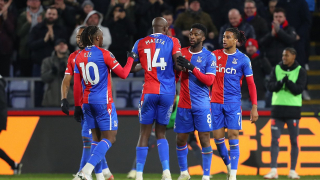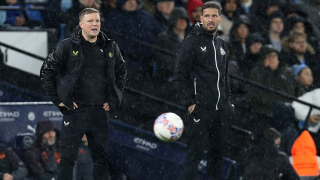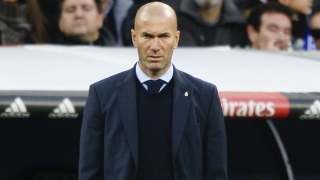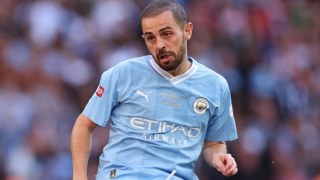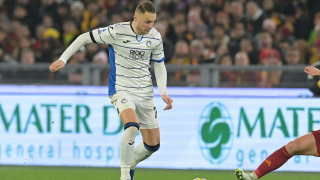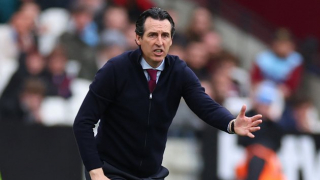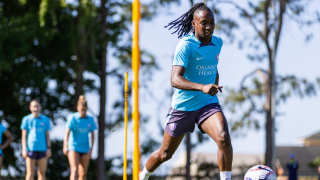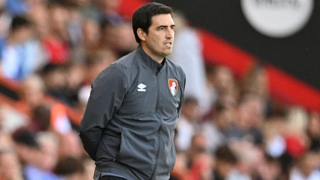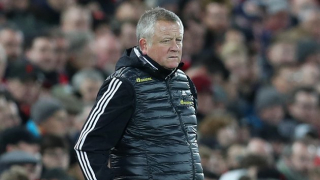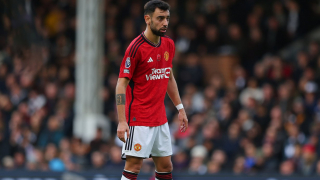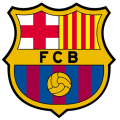Argentina's route to the 2018 World Cup was a bumpy ride. They won just seven of their 18 qualification games, rattling through three different managers in the process. While Gerardo Martino was in charge for the start of the campaign, it was Jorge Sampaoli who eventually steered the Albiceleste to this summer's finals.
After a 4-2 defeat to Nigeria, Sampaoli moved away from the 3-3-3-1 he had previously favoured, implementing a 4-4-1-1 for March friendlies against Italy and Spain. While they beat the former 2-0, a 6-1 defeat to the latter proved that the team had not yet completely settled in their new shape. Fortunately, with the tournament drawing nearer, the starting line-up appears increasingly certain.
PROBABLE LINE-UP
(4-4-1-1): Caballero; Salvio, Otamendi, Fazio, Tagliafico; Lanzini, Mascherano, Banega, Di Maria; Messi; Higuain
With Sergio Romero out through injury, Wilfredo Caballero will be the first-choice goalkeeper. In front of him Nicolas Otamendi is sure to start in the right-sided centre-back role, while Javier Mascherano will probably be the deeper central midfielder. Lionel Messi will take up a relatively free role behind the striker, while Manuel Lanzini and Angel Di Maria will occupy the wide berths.
Some important questions are still to be answered. Should Federico Fazio make way for the left-footed Marcos Rojo alongside Otamendi? Should Ever Banega, Giovani Lo Celso or the more defensive Lucas Biglia play alongside Mascherano in the centre? And who should lead the line: Gonzalo Higuain or Sergio Aguero? However, all of these questions only underline the variety of options available to Sampaoli.
WHERE'S THE LINE?
One of the widely purported reasons for Argentina's friendly failures is that they do not have the pace to operate a high defensive line. However, in truth the positioning of the defensive line – and/or its supposed lack of mobility – was not the reason they conceded six goals against Spain. Rather, sloppy build-up play against an extremely aggressive pressing game cost them dearly.
Nonetheless, Sampaoli has experimented with different strategies this year as he attempts to figure out how his side should defend in Russia. While they pressed high against Spain, they went with a more conservative midfield press against Italy. Pressing with the intensity Sampaoli requires may be difficult over the course of an international tournament, so Argentina will probably vary their approach to suit the opponent and the situation.
What won't vary is their setup and orientation. In all of their recent friendly games, including the 4-0 win over Haiti, Argentina have defended in a 4-4-2 shape that sees the front two zonally cover the centre to block or discourage passes into central midfield. Behind them, the four midfielders are intensely man-oriented.
Opposition passes into midfield are a pressing trigger for Sampaoli's side, as they look to take time away from the receiver with his back to goal. Another pressing trigger is sideways passing, as Argentina use these passes to try and force the opposition wide before man marking all of the ball-player's nearby options. The screenshot below, taken from the defeat to Spain, offers an example of this approach, as Sergio Ramos is left with nothing but risky passes.
With their pressing and similarly man-oriented counter-pressing, Argentina can be an intimidating outfit to play through. However, they have struggled at times to deal with long balls over the top, and resultant second balls, due to a lack of compactness between the lines brought about by the nature of their pressing. This could be something their group stage opponents – particularly Iceland and Croatia, who have quality target men – could look to exploit.
MAXIMISING MESSI
Argentina gave the ball away in dangerous areas far too many times in defeat to Spain, but they did obtain 48 per cent possession in that game. And with one month's preparation time – as well as further friendly experience – to ingrain Sampaoli's attacking structure and movements, they should be more cohesive by the time the World Cup starts.
With the ball, Argentina tend to assume a flexible 2-3-2-3 shape, seen in the graphic below. The defensive midfielder operates centrally in front of the centre-backs, forming a compact base for attacks, while the full-backs are both tasked with pushing forward down their respective flanks as moves progress. Elsewhere in the system there is a great deal of fluidity.
In the quest to maximise Messi's talents, Sampaoli has allotted the Barcelona star a good amount of freedom within an attacking game based largely on positional rotations. Messi generally moves within the centre and the right half-space (the area between the centre and the wing), rotating positions with Lanzini.
If Messi drops back to combine or dribble from a deeper area, Lanzini will move into the space he vacates. However, if Messi stays high, Lanzini will drift in from his right wing role to occupy the deeper space. These movements are done in collaboration with the right-back, who is encouraged to drive forward when Messi/Lanzini drop back/drift in.
There are similar positional rotations on the left between Di Maria and the left-back – when one drops deep or moves infield, the other will attack the touchline. An example of this is seen in the below graphic, taken from the Italy friendly.
These rotations of position are done to confuse the opposition's defensive scheme, leaving them unsure of who should mark who. In the above example, should Italy's right-back move up there is a possibility for a ball over the top for Nicolas Tagliafico, the Argentina left-back, to run onto. Alternately, should Italy's right-back stay in his defensive line, Di Maria is free to receive between the lines.
If Lanzini and Di Maria move infield the full-backs are responsible for maintaining width and stretching the opposition's back line, with the idea being to either find space themselves or create pockets of space infield for teammates to exploit. With this in mind, it is worth noting that Argentina's squad includes two full-back selections in Eduardo Salvio and Marcos Acuna who operate as out and out wingers at club level. This illustrates how important it is to Sampaoli that his full-backs are astute when attacking the wider areas.
Assuming they build on the promising signs shown in recent friendlies, Argentina should be able to top their group. If that is achieved there is no reason to discount them from making a serious challenge at this summer's World Cup.

